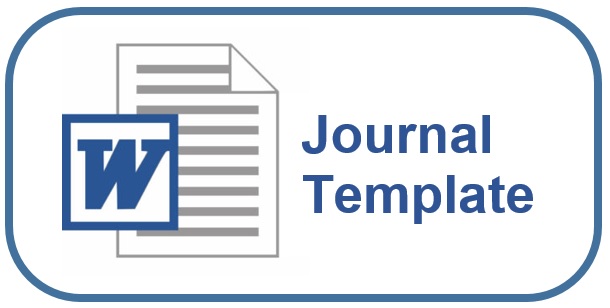Tingkat Pengetahuan Tentang Stunting dan Wash (Water, Sanitation, Hygiene) Bagi Orang Tua di Sekitar TPA Bukit Pinang Kota Samarinda
DOI:
https://doi.org/10.36277/abdimasuniversal.v4i1.154Keywords:
stunting, clean water, hygiene, sanitation, level of educationAbstract
Stunting is one of the recent health issues in Samarinda city. The result of research showed that 32,5% of children has experienced stunting in around Bukit Pinang final disposal in 2020. Stunting were caused by various factor, such us environmental factors water, sanitation and hygiene (WASH). Based on the data, it needed intervention activity such us education about stunting and WASH. The activity aimed to analyze the level of knowledge about stunting and WASH. The method of this activity through discussion and pre-post test questionnaire. The result of data analysy reported that there was the significant difference between before and after education abaut stunting (p = 0.032) and WASH (p = 0.008). It recommend to continue the education activities due to analyse the level of behavior about this project.
Downloads
References
Balitbangkes. (2020). Laporan Akhir Penelitian 2020 Studi Kualitas Air Minum Rumah Tangga di Indonesia.
Budon, A. S., & Daramusseng, A. J. J. P. P. u. K. U. (2019). Pembinaan Perilaku Hidup Bersih dan Sehat (PHBS) melalui Media Buku Saku Sanitarian. 1(2), 108-116.
CDC (Producer). (2020). Global water, Sanitation, Hygiene (WASH).
Cumming, O., Cairncross, S. J. M., & nutrition, c. (2016). Can water, sanitation and hygiene help eliminate stunting? Current evidence and policy implications. 12, 91-105.
Hamzah, B. J. J. (2020). Gerakan Pencegahan Stunting Melalui Edukasi pada Masyarakat di Desa Muntoi Kabupaten Bolaang Mongondow. 1(4), 229-235.
Kemenkes. (2017). Laporan Survey Gizi.
Kemenkes. (2018a). Buku Buletin Stunting.
Kemenkes. (2018b). Hasil Riset Kesehatan Dasar.
Kurniati, & Sunarti. (2020). Stunting dan Pencegahannya: Penerbit Lakeisha.
Owino, V., Ahmed, T., Freemark, M., Kelly, P., Loy, A., Manary, M., & Loechl, C. J. P. (2016). Environmental enteric dysfunction and growth failure/stunting in global child health. 138(6).
Owino, V. O., Bahwere, P., Bisimwa, G., Mwangi, C. M., & Collins, S. J. T. A. j. o. c. n. (2011). Breast-milk intake of 9–10-mo-old rural infants given a ready-to-use complementary food in South Kivu, Democratic Republic of Congo. 93(6), 1300-1304.
Prendergast, A. J., Humphrey, J. H. J. P., & health, i. c. (2014). The stunting syndrome in developing countries. 34(4), 250-265.
Sari, Y., Wijayanti, L., Marufah, S., Susanti, W., Listyaningsih, E., Haryati, S., & Riyadi, S. J. J. A. (2020). Edukasi Perilaku Hidup Bersih dan Sehat (PHBS) bagi Orang Tua Siswa di SD Talakbroto, Wates dan Kedung Lengkong Kecamatan Simo Boyolali. 1(6), 673-678.
Wahyuni, T. T., Sjahriani, T., & Zetriandi, Z. J. J. (2019). Perbedaan Tingkat Pengetahuan Wali Murid Tentang Kriteria Stunting Pada Anak Sebelum Dan Sesudah Penyuluhan Di Sdn 8 Teluk Pandan Kecamatan Teluk Pandan Kabupaten Pesawaran Tahun 2018. 5(2).





















